Nowadays, we barely stop and stare at the sunset, admire the flowers in bloom or even enjoy a moment with nature. It’s when something so majestic and mysterious is about to disappear, that’s the time we start caring.
A lot of places are already doomed to vanish because of man’s abuse of nature. As you read the article, hopefully, this raises awareness in the raw beauty of Mother Nature and leaves you doing something in return.
Here are 10 places to see before they disappear.
Galapagos Islands
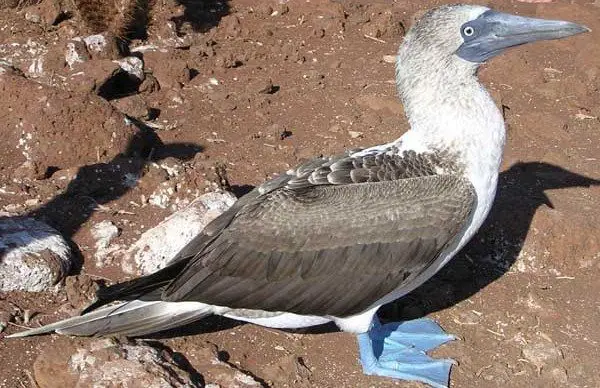
CC-BY-SA-3.0], via Wikimedia Commons
Nature has beautifully created a masterpiece through the continuing volcanic and seismic activity. With the islands’ seclusion, the Galapagos formulated the developing extraordinary animal life; like the giant tortoise, land iguana and many other species of finch, all which instigated the theory of evolution by Charles Darwin.
The fundamental threats to the islands are increased tourism, illegal fishing and some governance concerns, invasive species and demographic growth.
The Maldives
The Maldives Republic (more commonly known as The Maldives Islands), is an island nation located in the Indian Ocean. Known as the smallest country in Asia by land area and population, the Maldives consists of 1,192 coral islands that add up to more than 80% of the total land area.
Included as one of the most endangered nations in the world, the Maldives continue to struggle against massive flooding due to climate change. In fact, its president Mohamed Nasheed cried for help sometime in March and April 2012, stating that if carbon emissions increase at the rate they are today, the Maldives will sink in 7 years time.
Great Barrier Reef
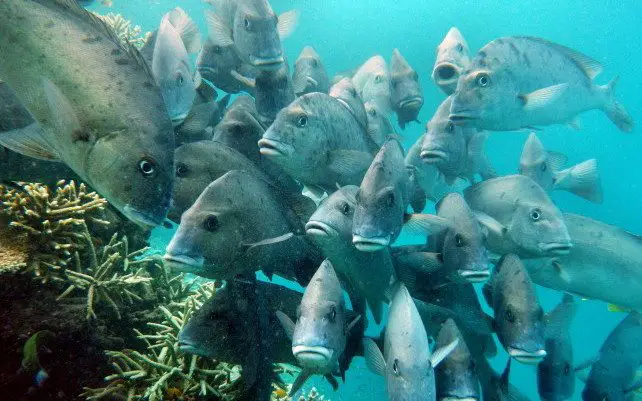
One of Australia’s prides and among the 7 wonders of the new world, the Great Barrier is graced with a mouth-dropping perfection as the largest coral reef in the world. It is rich in marine life, with more than 3,000 individual coral rays and reef systems, hundreds of scenic tropical islands, and some of the most divine and golden beaches you will ever see.
Now, the reef is fighting against 5 pending port developments brought on by Australia’s mining industry.
Venice
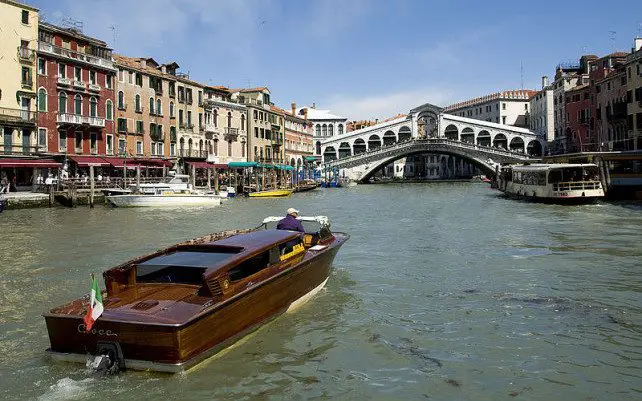
Threats to its integrity include industrialisation, which requires the city to transform and adjust with the times, increased tourism and the rising sea levels due to global warming.
The Dead Sea
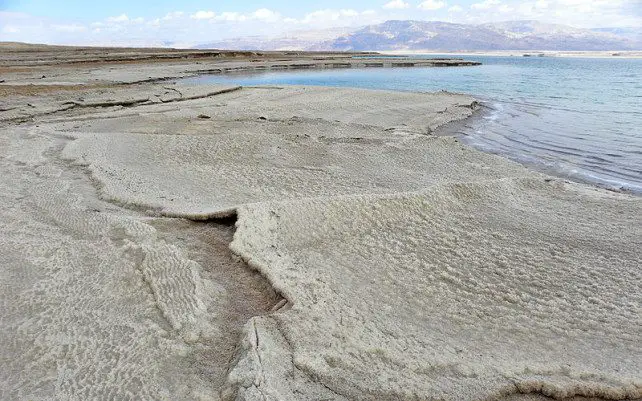
“The Dead Sea is dying”, as the Dead Sea now suffers from various threats of industrialisation. It is divided into two parts, where the northern part is sinking due to mining and the southern part is overflowing due to millions of tons of salt dumped at the water floor.
Currently, Israel is devising a plan to transport the southern salt and send it to the northern part.
The Alps
Recognized as the tallest and youngest mountain system in Europe, The Alps covers an area of 1,000 km and is divided into 3 regions – the west, centre, and east.
The people of the Alps mainly rely on farming as their source of livelihood. However, due to increased tourism and industrialisation, pollution in the air and water has now increased, along with the destruction of forests and slope erosion.
Madagascar

CC-BY-SA-3.0 or CC-BY-2.5], from Wikimedia Commons
With its isolation, it has supported abundant and diverse wildlife that includes the legendary “living fossil” called Coelacanth. Now, the wildlife it struggles to protect is declining due to the destruction of natural habitats and deliberate killing.
The Congo Basin

It is beaming with life as it continues to nurture various natural resources, a mosaic of animals, plants, landforms and bodies of water. However, due to the abusive ways of extracting resources, with the addition of the illegal wildlife trade, the Congo Basin is feared to disappear soon.
Glacier National Park

Protected and preserved to this day, Glacier National Park continues to wow visitors from around the world. However, like all other parks in the world, Glacier is also in peril as it struggles against air pollution, global warming, and outside threats mainly due to industrialisation, and perhaps, even a lack of funding to protect its integrity.
Taj Mahal
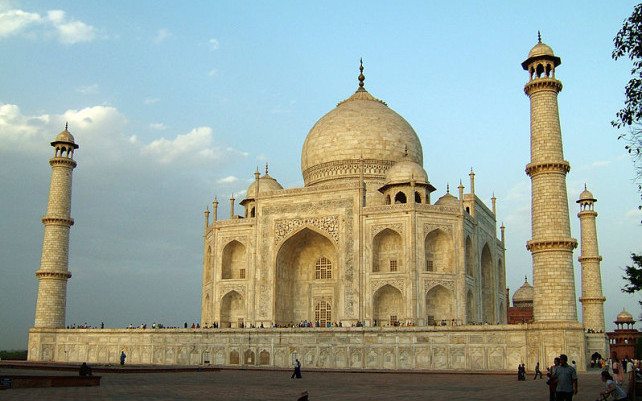










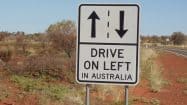

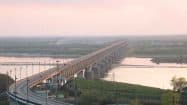






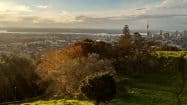


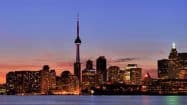
![Big Spender To Backpackers [infographic]](https://www.holidaypoint.com.au/wp-content/uploads/2014/03/GIO_BigSpendertoBackpacker_v3-e1394504863732-187x105.jpg)
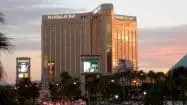

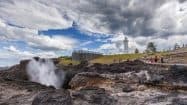
![For The Love Of Bbq [infographic]](https://www.holidaypoint.com.au/wp-content/uploads/2014/01/GIO_AussieBBQ_v2-e1390559463404-187x105.jpg)
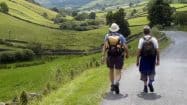
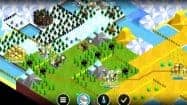


![Cities Of The Future [infographic]](https://www.holidaypoint.com.au/wp-content/uploads/2013/11/geek-travel2-e1384167225628-187x105.jpg)

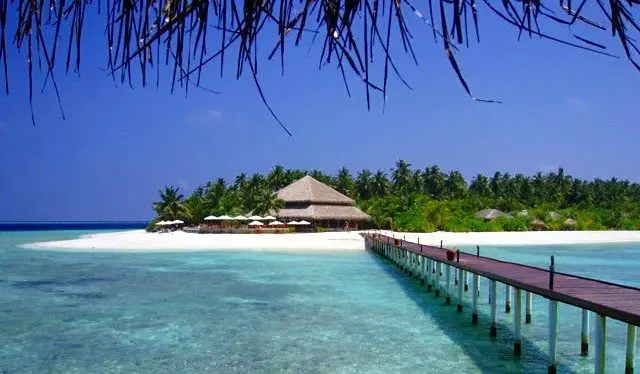




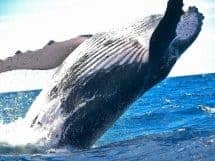





Do You Have a Question to Ask?